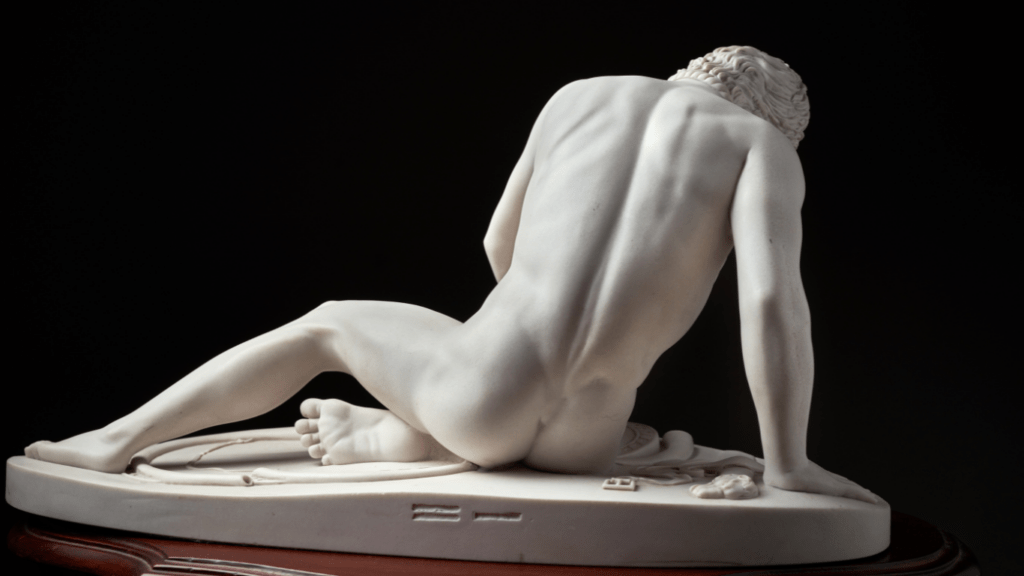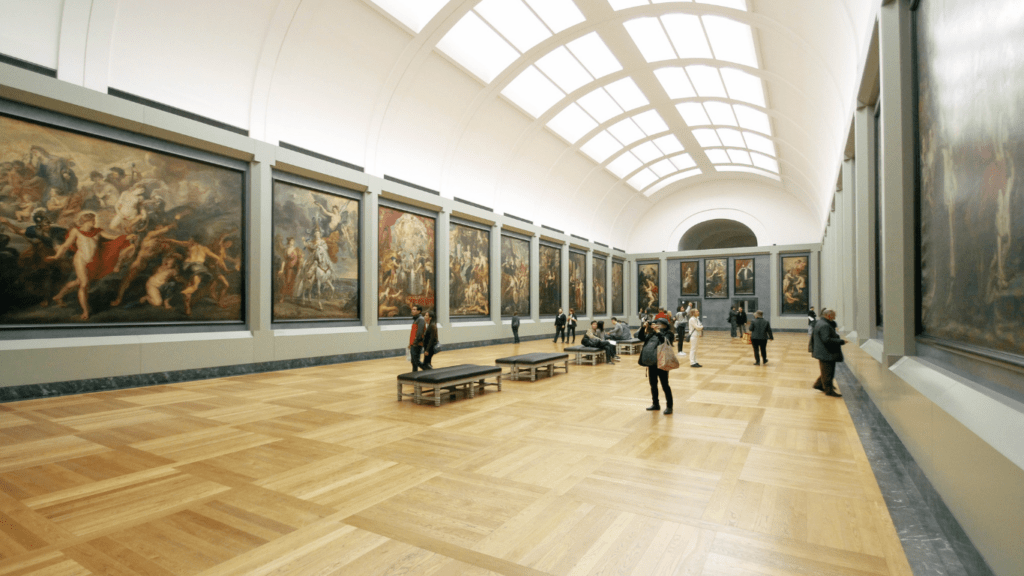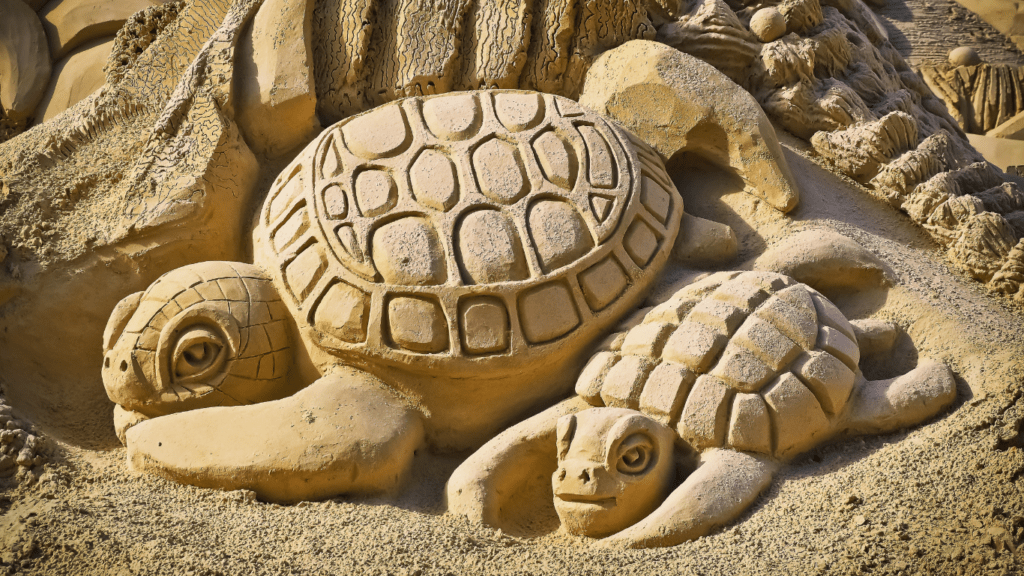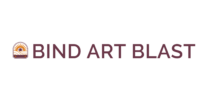From Traditional Methods to Digital Solutions
In the past, collaborations among artists were mostly limited by geographical constraints and the slow exchange of physical materials. However, with the advent of artist collaboration platforms, these barriers have been broken down. Artists can now collaborate seamlessly regardless of their location, exchanging ideas, feedback, and even working on the same project in real-time. This shift from traditional methods to digital solutions has transformed the way artists interact and create together, making collaboration more accessible and efficient.
Impact on the Creative Industries
The rise of artist collaboration platforms has had a profound impact on the creative industries. These platforms have democratised the creative process, allowing artists from diverse backgrounds to come together, share their unique perspectives, and collaborate on projects that transcend geographical boundaries. This increased connectivity has sparked a wave of innovation and creativity, leading to the emergence of groundbreaking artworks and dynamic collaborations across various art forms. The creative industries have been rejuvenated by the advent of these platforms, offering new opportunities for artists to showcase their talent and reach a global audience.
Connectivity and Networking
In artist collaboration platforms, connectivity and networking play a vital role in bringing creatives together. These platforms act as virtual hubs where artists can interact, exchange ideas, and form connections with like-minded individuals. By leveraging these platforms, artists can expand their network globally, opening up opportunities to collaborate with individuals they might not have had access to otherwise. The seamless communication features facilitate instant connections, enabling artists to engage in discussions, share feedback, and establish partnerships effortlessly.

Project Management Tools
Artist collaboration platforms offer robust project management tools that streamline the collaborative process. These tools allow artists to organise their projects, set deadlines, allocate tasks, and track progress in real-time. By centralising project-related information on the platform, collaborators can stay updated on the latest developments, ensuring smooth workflow and efficient project completion. From task assignment to file sharing, these tools simplify project management tasks, enhancing productivity and ensuring that projects are delivered on time.
Marketplace for Artistic Services
One of the key features of artist collaboration platforms is the provision of a marketplace for artistic services. This marketplace serves as a platform where artists can showcase their skills, offer services, and engage with potential clients. Artists can create profiles highlighting their expertise, portfolio, and availability, attracting clients seeking artistic services. The marketplace facilitates transactions, negotiations, and project agreements, providing a secure and convenient environment for artists to monetise their talents. By connecting artists with clients in need of creative services, the marketplace enhances visibility, promotes artistic collaborations, and fosters a thriving ecosystem for creative work.
Analysis of Top Platforms
In researching the leading artist collaboration platforms, I’ve found that several stand out for their specific features and user-friendly interfaces. One such platform is Artella, known for its focus on animation and visual effects projects. The platform facilitates collaboration among artists by offering project management tools, secure file sharing, and a vibrant community of creatives from around the world.
Another prominent platform is Daisie, founded by actress Maisie Williams. Daisie aims to connect creative individuals across various disciplines, including art, film, fashion, and photography. Its emphasis on fostering new talent and providing a platform for emerging artists sets it apart in the industry.
For those in the music scene, platforms like BandLab offer a comprehensive suite of tools for musicians to collaborate, create music, and connect with other artists. With features such as cloud-based storage, real-time collaboration, and in-app messaging, BandLab has become a go-to platform for music creators globally.
User Experiences and Reviews
Exploring user experiences and reviews of popular artist collaboration platforms reveals valuable insights into the effectiveness and usability of these tools. Many users praise the seamless communication features on platforms like Artella, highlighting how it streamlines the collaboration process and fosters creativity.
In contrast, some users note that while Daisie promotes a supportive community for artists, the platform’s interface could be more intuitive and user-friendly. Despite this, the overall consensus is positive, with users appreciating the opportunities for networking and collaboration that Daisie provides.
Feedback on platforms like BandLab emphasises the convenience of real-time collaboration and the extensive library of loops and samples available for music production. Users commend the platform for simplifying the music-making process and facilitating collaboration on a global scale.
By analysing user experiences and reviews, it’s evident that popular artist collaboration platforms play a pivotal role in bringing creatives together, fostering innovation, and expanding opportunities for artists to showcase their talent on a global stage.
Addressing Copyright and Intellectual Property Issues
In developing artist collaboration platforms, one key challenge is addressing copyright and intellectual property issues. Ensuring that artists’ work is protected and that proper ownership rights are established is crucial for fostering trust and encouraging collaboration. Implementing robust copyright policies, clear terms of use, and copyright infringement reporting mechanisms are essential steps towards safeguarding artists’ creations on these platforms.
Opportunities arise in providing innovative solutions to copyright and intellectual property concerns. Developing tools for artists to easily license their work, track usage rights, and manage permissions can streamline collaboration processes and safeguard creators’ rights. By proactively addressing these issues, artist collaboration platforms can create a secure and conducive environment for artists to share and collaborate without hesitation.
Innovations in Virtual Collaboration
Virtual collaboration presents both challenges and opportunities for artist collaboration platforms. The challenge lies in replicating the spontaneity and dynamics of in-person collaboration in a virtual setting. Overcoming technological barriers, such as latency issues and communication glitches, is crucial to enhancing the user experience and promoting seamless virtual collaboration among artists.
On the flip side, virtual collaboration opens up a world of opportunities for artists to connect and collaborate regardless of geographical constraints. Embracing innovative technologies like virtual reality (VR) and augmented reality (AR) can revolutionise the way artists interact and create together, breaking down physical barriers and fostering a truly global creative community. Leveraging these innovations can unlock new possibilities for artistic expression and collaboration on a scale never seen before.


